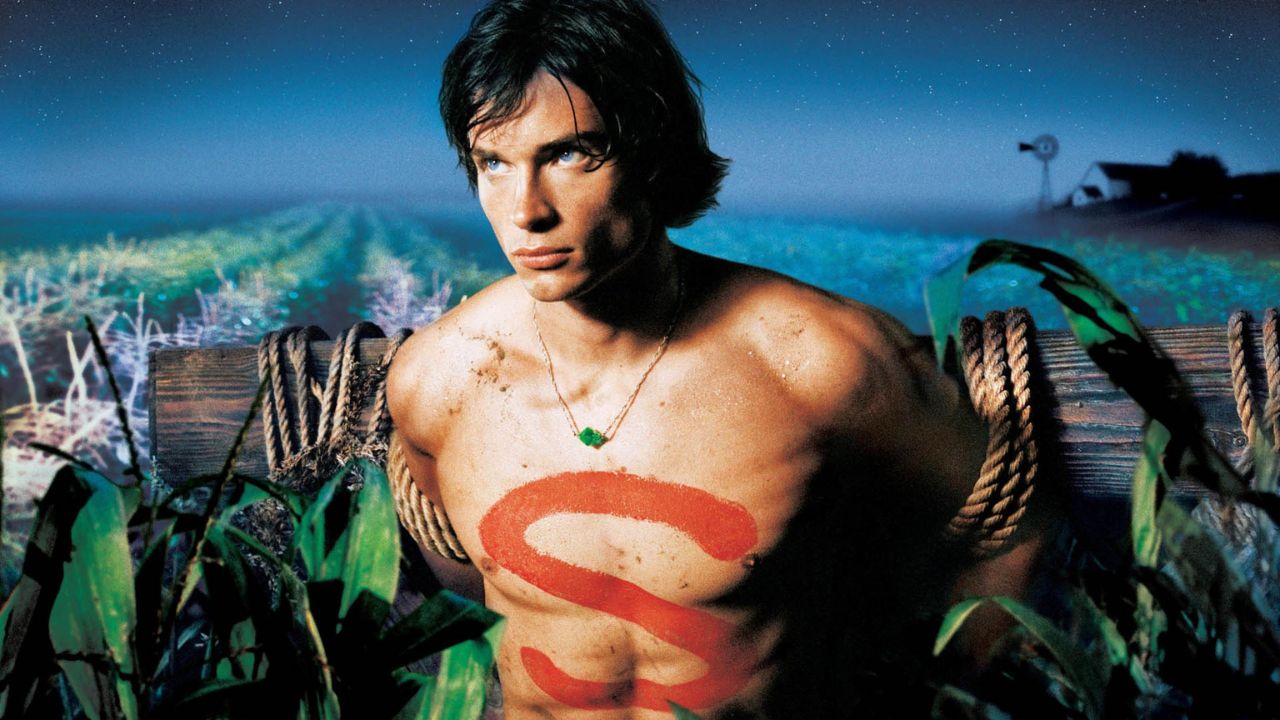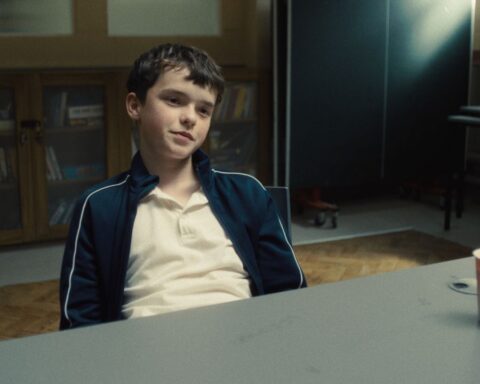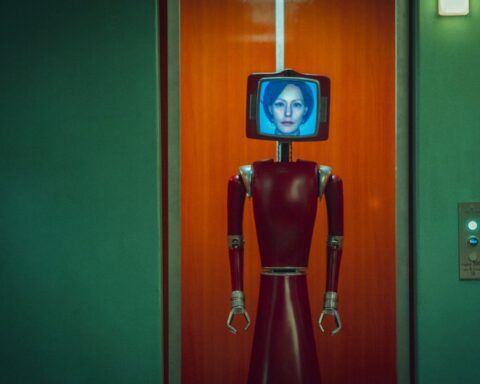In the lead up to the release of James Gunn’s Superman in cinemas, we will be publishing – both on the Goggler website and on our Instagram feed – a series of pieces that explore the pivotal role that the character has played in our popular culture.
Let me take you back. It’s 2001. Buffy the Vampire Slayer was coming to an end and superhero movies like Bryan Singer’s X-Men ensnared audiences, laying the groundwork for Sam Raimi’s Spider-Man in 2002. While mutants and vigilantes were captivating the audience’s attention, movies featuring Superman were left in a state of development limbo.
The last live-action Superman was Dean Cain in Lois & Clark: The New Adventures of Superman. The most recent big-screen outing for the Big Blue Boy Scout was 1987’s much maligned Superman IV: The Quest for Peace. After years trapped in development hell, Superman felt like a relic of an idyllic past and certainly irrelevant in the post-9/11 reality that the world had just entered.
Enter a new show on The WB (that was later rebranded to The CW), portraying a fresh-faced Tom Welling as a young Clark Kent — years before he dons the famous cape, as he wrestles with identity, teenage life, and his Kryptonian destiny.
Little did anyone know the impact Smallville would have on both the Superman mythos and the shape of superhero television in the 21st century.
Reinventing and Respecting Superman

While past Superman iterations focused on his adventures as a near-godlike being, Smallville made the brave call to showcase a more vulnerable side as Clark figures out his place in the world.
This Clark Kent is in high school. He struggles with chemistry and teenage love while saving his town from foes infected by Kryptonian meteorites — all while grappling with the burden of his alien heritage.
Despite featuring arguably the most famous superhero, Smallville is, at its heart, a coming-of-age drama. Tying into this, the show’s creators, Alfred Gough and Miles Millar, introduced a guiding principle: “No Tights, No Flights.” Smallville explores universal teenage themes — identity, morality, and social change — through the lens of arguably the most iconic pop culture figure.*
That is what makes Clark’s story so accessible to us as opposed to being the Man of Tomorrow.
*It’s also important to note that Warner Bros. also had an unofficial mandate for many years that restricted the use of certain major characters like Superman and Batman on television — especially in live-action — while they were being featured in major film projects.
A Grounded Superman for the Modern Day
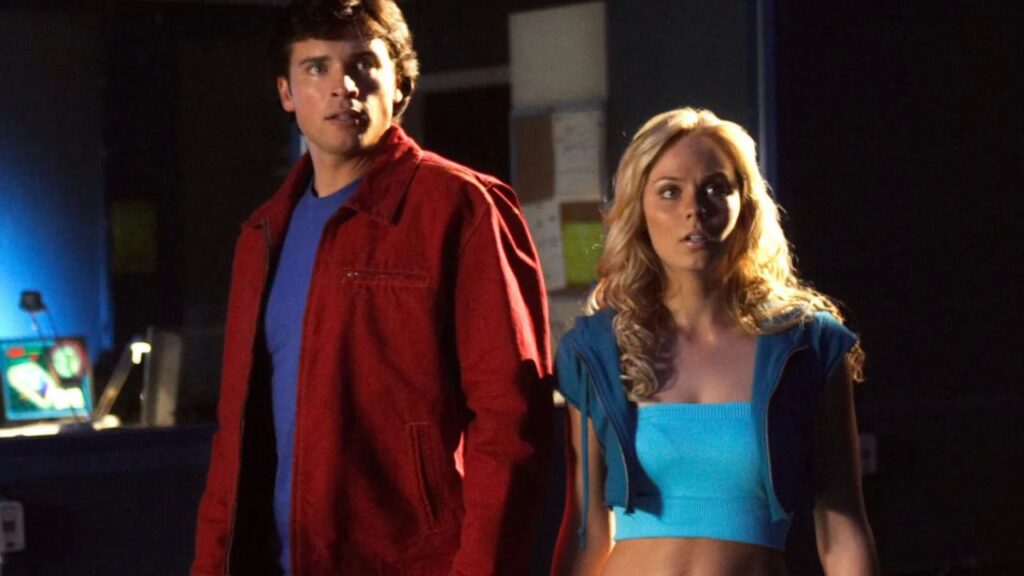
At its core, Smallville is a story about a boy growing up to be the man he was destined to be. The show leaned into slow-burn storytelling as the Kansas farm boy gradually shaped into the Man of Steel over time.
While the wider world-building felt contrived at times (with the Justice League being active before Clark even dons his costume), Smallville doubles down on the emotional journey of how Clark Kent becomes Superman rather than rushing to the end.
In contrast, Zack Snyder’s Man of Steel, a divisive and admittedly thought-provoking take on Superman, took a different approach by focusing on Superman’s brooding isolation and the conflict between his ideals and the reality of his challenges.
For all of its trademark CW melodrama, Smallville impressively stays focused on a Superman who grows wiser, stronger, and remains ever hopeful through every challenge, whether personal or heroic. That character arc, the insistence on emotional sincerity over angst, gave Smallville a staying power that very few superhero shows match.
How Smallville Connects the Past and the Future
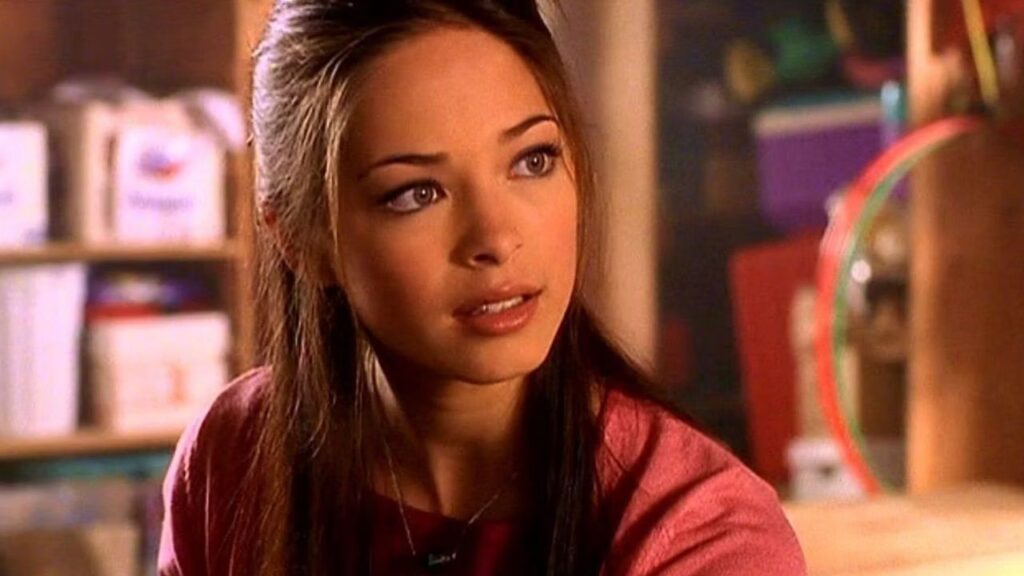
Smallville was well-respected by the superhero community, with former Superman Christopher Reeve guest appearing in a few episodes as Virgil Swann. This effectively passed the baton to Tom Welling as the spiritual successor to the cape.
Following the conclusion of Smallville’s 10-season run in 2011, the show served as the blueprint of what eventually became known as the Arrowverse as devised by Greg Berlanti and Marc Guggenheim. This sprawling shared TV universe took inspiration from the episodic format, emotional storytelling, and character growth that Smallville showcased.
Even beyond the CW, shows like Gotham and Daredevil owe a quiet debt to Smallville. Their focus on the formative years of a famous superhero, grounding them in real-world dilemmas and charting the evolution of their character over multiple seasons, has developed into a trusted storytelling model.
Even BBC’s Merlin — with its young protagonist hiding his extraordinary gifts from a world that is not prepared for him yet — seems to have taken cues from Smallville’s long-form mythology.
By focusing on the emotional depth and the character behind the myth, Smallville raised the bar for what superheroes could be in a modern pop culture context. It showcased that icons could always be made compelling by making them vulnerable.
Lessons for the Future
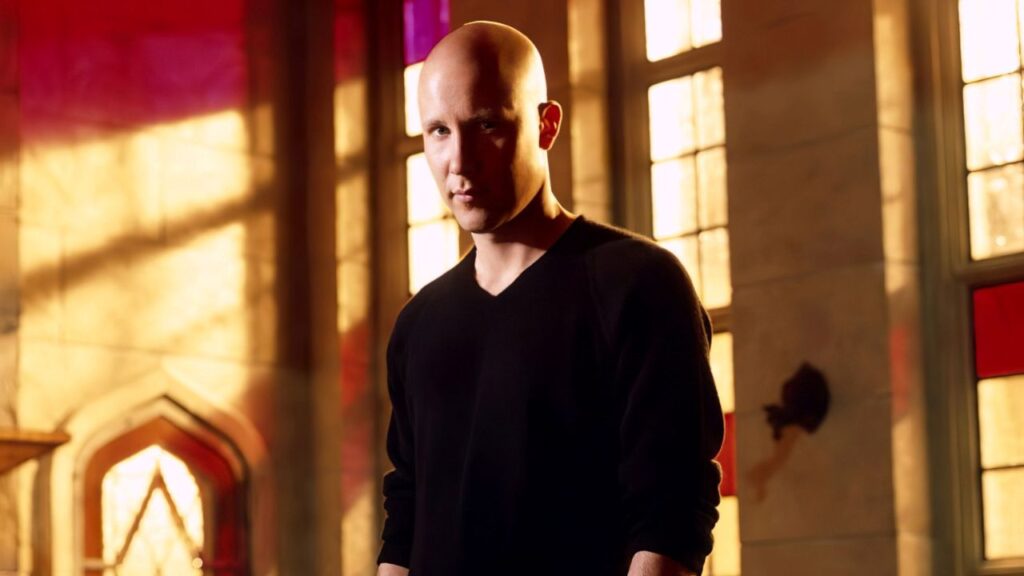
Tom Welling’s portrayal remains one of the most relatable and memorable takes on Clark Kent. In fact, Tom Welling and Michael Rosenbaum (who portrayed Clark’s friend-turned-mortal-enemy Lex Luthor) have continued the legacy with their rewatch podcast called Talkville.
Welling’s portrayal, however, was by no means invincible. He stumbled and made mistakes, but he never gave up or lost hope. Despite never donning the cape and conspicuously avoiding flying, fans had faith in the superhero that he would one day become.
Fast forward to today, in a media landscape crowded with dark reimaginings and revisionist takes, Smallville stands as a testament to the sincerity of character and to the growth that comes from facing challenges head-on.
As James Gunn seeks to reinvent Superman for a new generation, we should look back and remember the lessons that Smallville taught us long ago: The best superheroes aren’t perfect — they’re the ones who keep trying no matter the odds. In doing so, they inspire us to always do the same.
